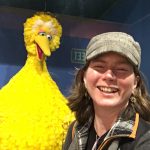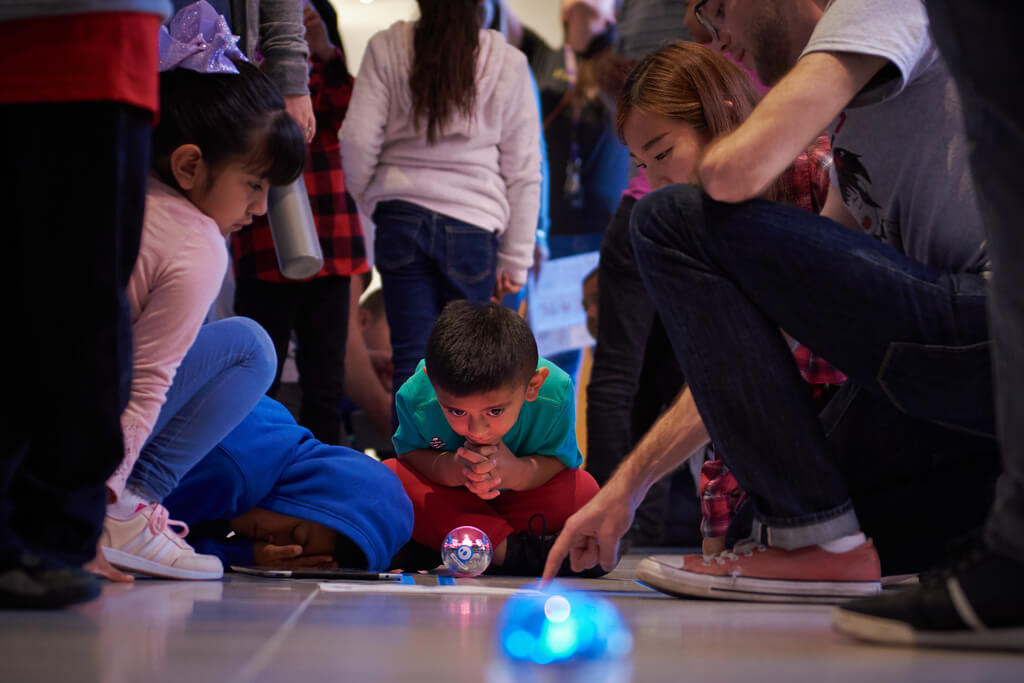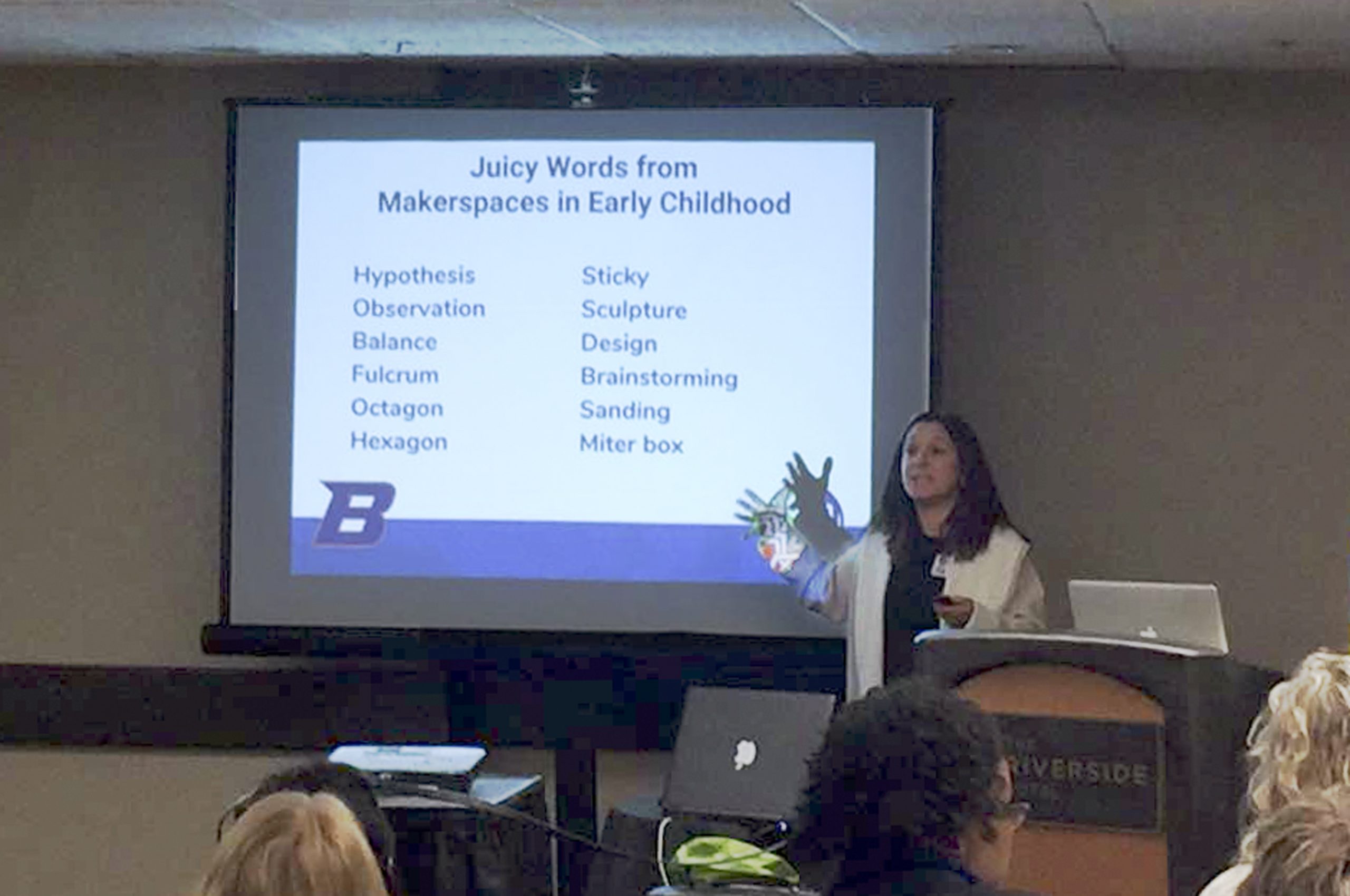If you happened to be visiting Independence National Historical Park in late October, you might have seen some of us educators and park rangers walking around with cell phones and taking pictures of things not normally featured on the postcards sold in the Park’s gift store. In addition to the Liberty Bell and the Mall, these photos included steam coming out of manhole covers, late budding plants growing along the parks’ edges, sidewalk patterns made of river stones, bricks and slate, horse-drawn carriages in busy crosswalks, and close-ups of signage interrogating slavery and freedom—all phenomena we observed as we spent an hour or so wandering around the park one fall afternoon.

According to The Wonder of Science, “A phenomenon is simply an observable event. In the science classroom a carefully chosen phenomenon can drive student inquiry. Phenomena add relevance to the science classroom showing students science in their own world.”
This activity was just a piece of what we worked on together during a meeting of National Writing Project (NWP) educators and National Park Service rangers as we kicked off our Science in the Park project at the Northeast Regional Office of the National Park Service in Philadelphia. Science in the Park, funded by a Spark Grant from the Joan Ganz Cooney Center’s Families Learning Across Boundaries (FamLAB) Project, brings together teachers and park rangers to plan and implement programming that welcomes young people and their families into national parks to play with and learn science together. This effort emerges from a growing partnership between the National Park Service and the National Writing Project, designed to bolster connected learning opportunities within the national parks (see: Opening the Walls of the Classrooms and the Boundaries of the Park). It also draws inspiration and learning from a past NWP project called Intersections, funded by the National Science Foundation, which explored the intersections of science and literacy with youth, teachers, and science museum educators.
The Joan Ganz Cooney Center’s FamLAB Spark Grant program calls on grantees to focus on creating an ecosystem that enables and encourages young children’s learning across a range of settings in their lives—for example, home, school, and a park. This focus emerges from research on Connected Learning where we see that the deepest forms of learning cross different boundaries and settings, take place over time, and are connected to the interests that youth and families bring to those contexts. FamLAB is asking us therefore to consider how to build these kinds of connections with young children and their families, especially those often underserved/under utilized, and to design ways that adults can serve as “bridge-builders” across youth interests and contexts.

Science in the Park seeks to do just this by piloting science and writing activities with 5- to 12-year-old children and their families in local parks within three communities in the northeast region of the US. While in Philadelphia, we spent our time getting to know each other as educators and rangers, testing and tinkering with new ideas and technologies, reviewing related research such as Crossing the Boundaries: Mapping the Gaps Between Expert and Public Understandings of Bridging STEM Learning Environments, and exploring a range of science and literacy concepts together—such as phenomenon—to better understand our shared work in designing these partnerships. Next steps are now taking place in local communities, where schools, families, and local parks are beginning to think together about the ways they might design these connected experiences with youth. Through these pilot projects, we explore these new ways of working together over the semester and into the summer and we will continue to meet nationally on a monthly basis to learn from each and support each project’s growth.
Proposals for work in local communities are due now—stay tuned for more!
 Christina Cantrill is Associate Director for National Programs at the National Writing Project. She has been working alongside writing project educators since the early 90s, exploring the emerging possibilities of the Internet and networked technology. Christina leads national digital media and connected learning programming and the NWP Educator Innovator Initiative, co-founded The Current, and brings a background in curriculum studies as well as participatory arts practice.
Christina Cantrill is Associate Director for National Programs at the National Writing Project. She has been working alongside writing project educators since the early 90s, exploring the emerging possibilities of the Internet and networked technology. Christina leads national digital media and connected learning programming and the NWP Educator Innovator Initiative, co-founded The Current, and brings a background in curriculum studies as well as participatory arts practice.



